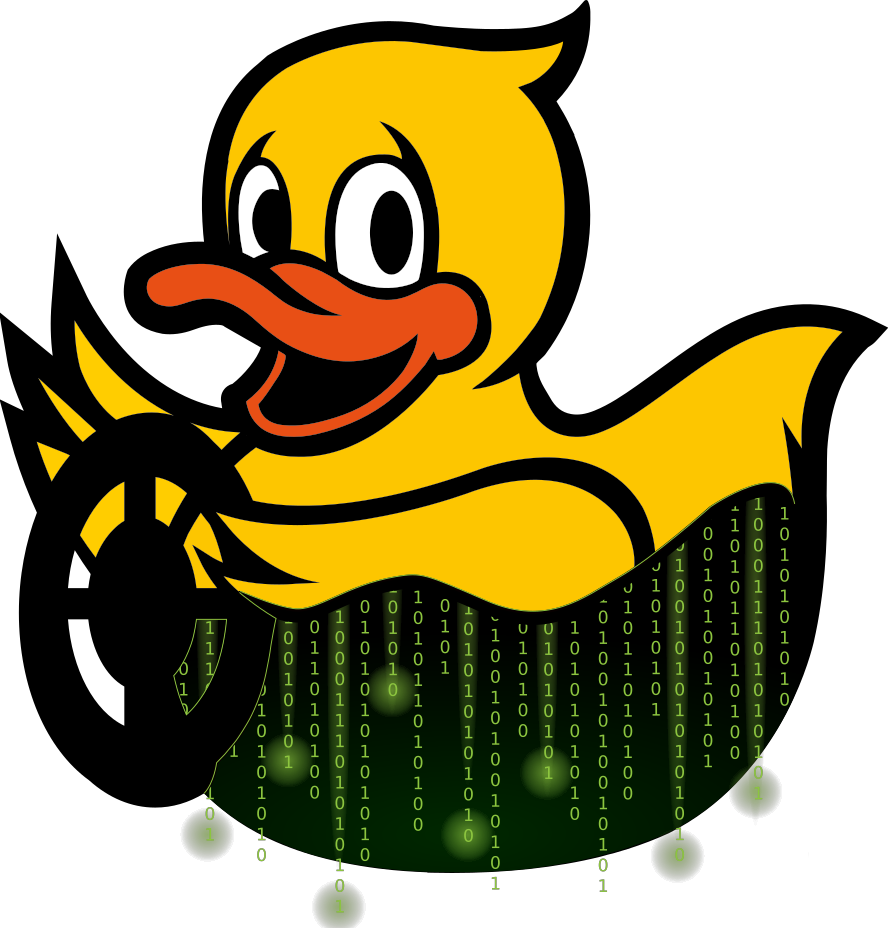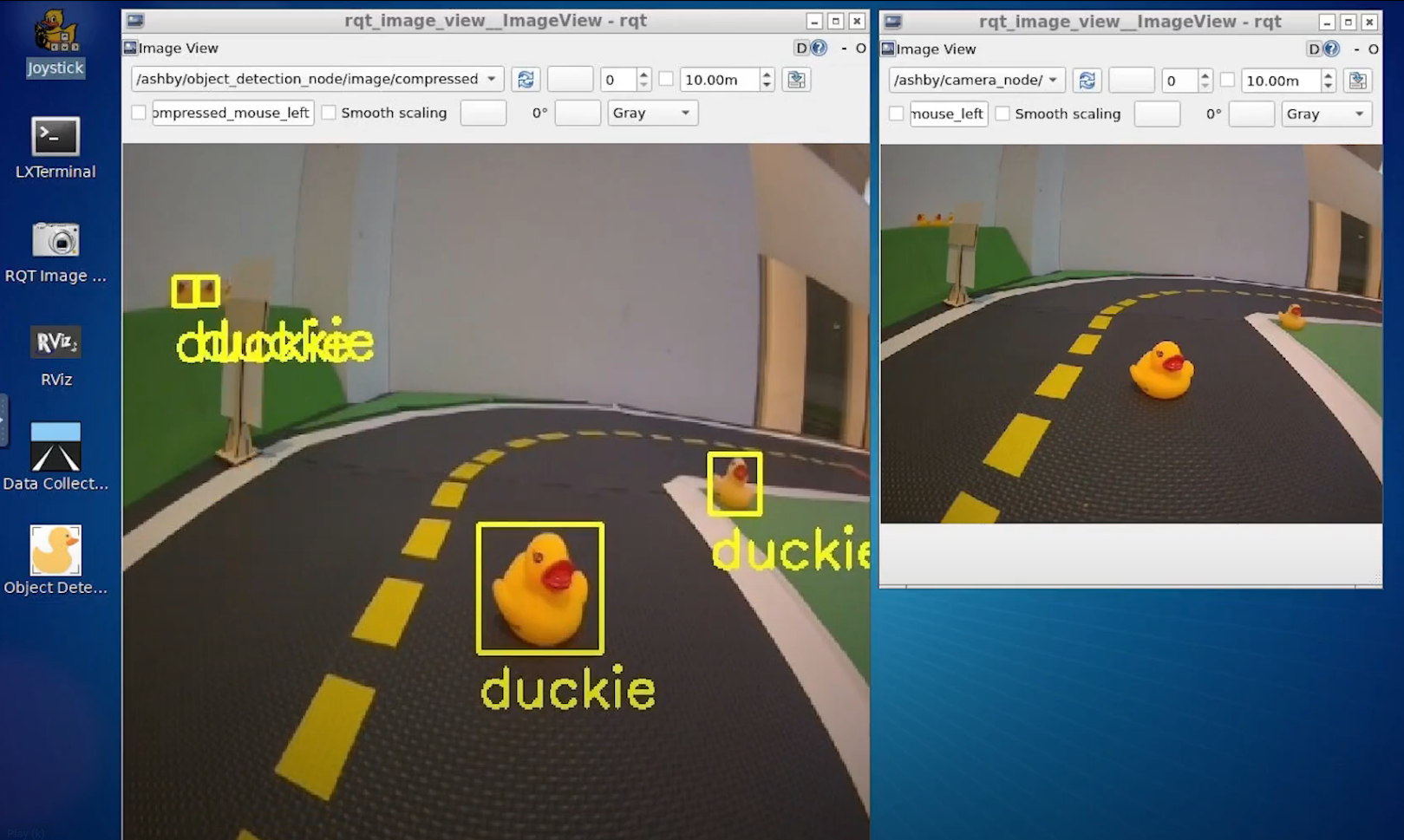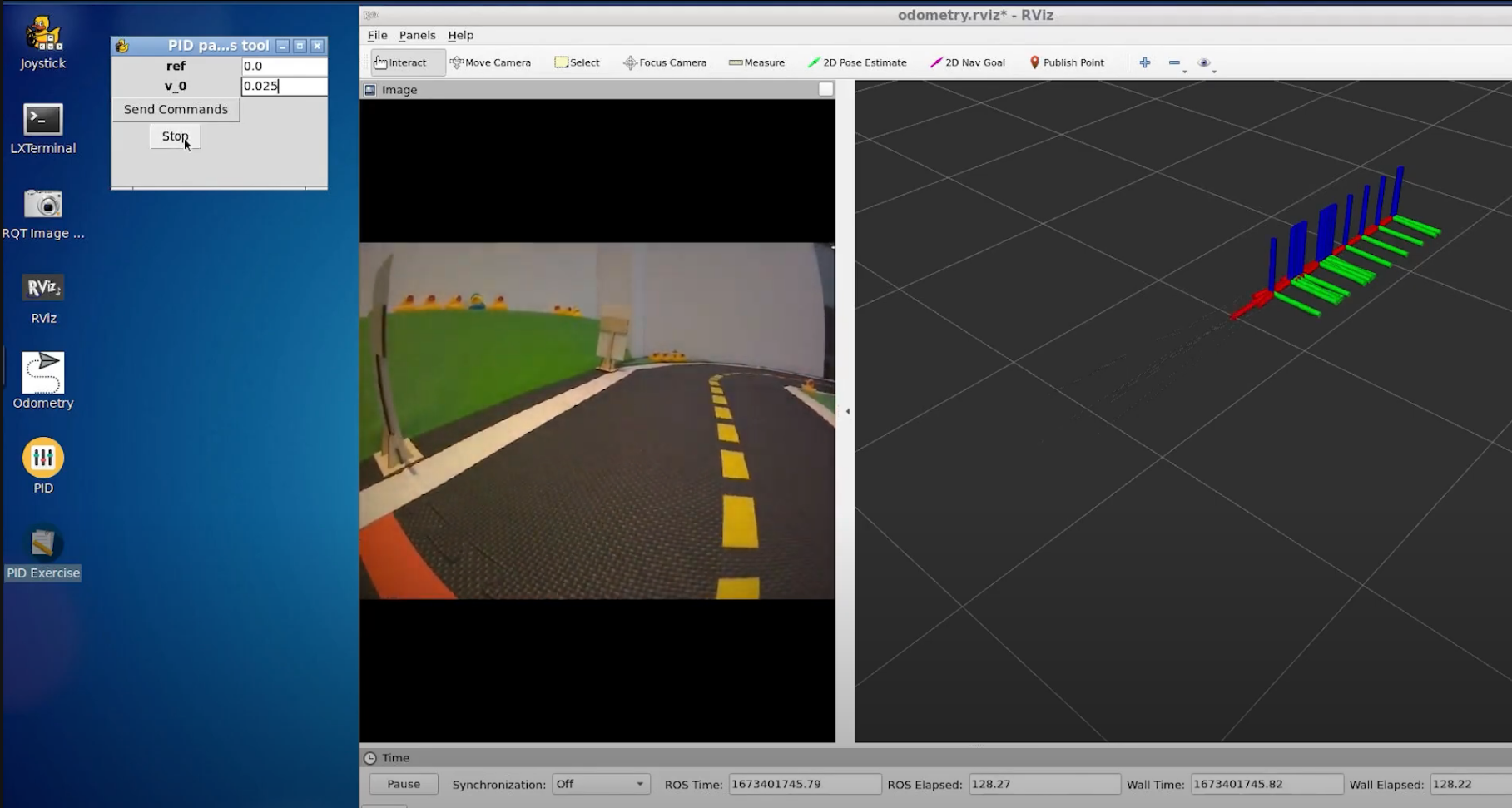LX Features and Activities
Contents
LX Features and Activities#
Let us start by understanding each of the learning experience activities available and how they might be used.
The duckietown-lx repository on GitHub contains the learning experiences developed by the Duckietown team - we will
break down the Object Detection LX as the main example here.
Note
Learning Experiences are run using the dts code workflow as described in
the General Procedure for Running Learning Experiences page. This command set gives students a streamlined environment and powerful tools to complete activities.
The following activity types can be implemented with the Duckietown Learning Experience infrastructure:
Activity: Notebooks#
Learners are immediately presented with the goals and workflow instructions for a learning experience when they
use dts code editor to spin up the preconfigured VSCode editor. Installing a local editor is not necessary, and
everyone begins with a uniform environment to complete the learning experience. The notebooks directory will always
contain the first activity.
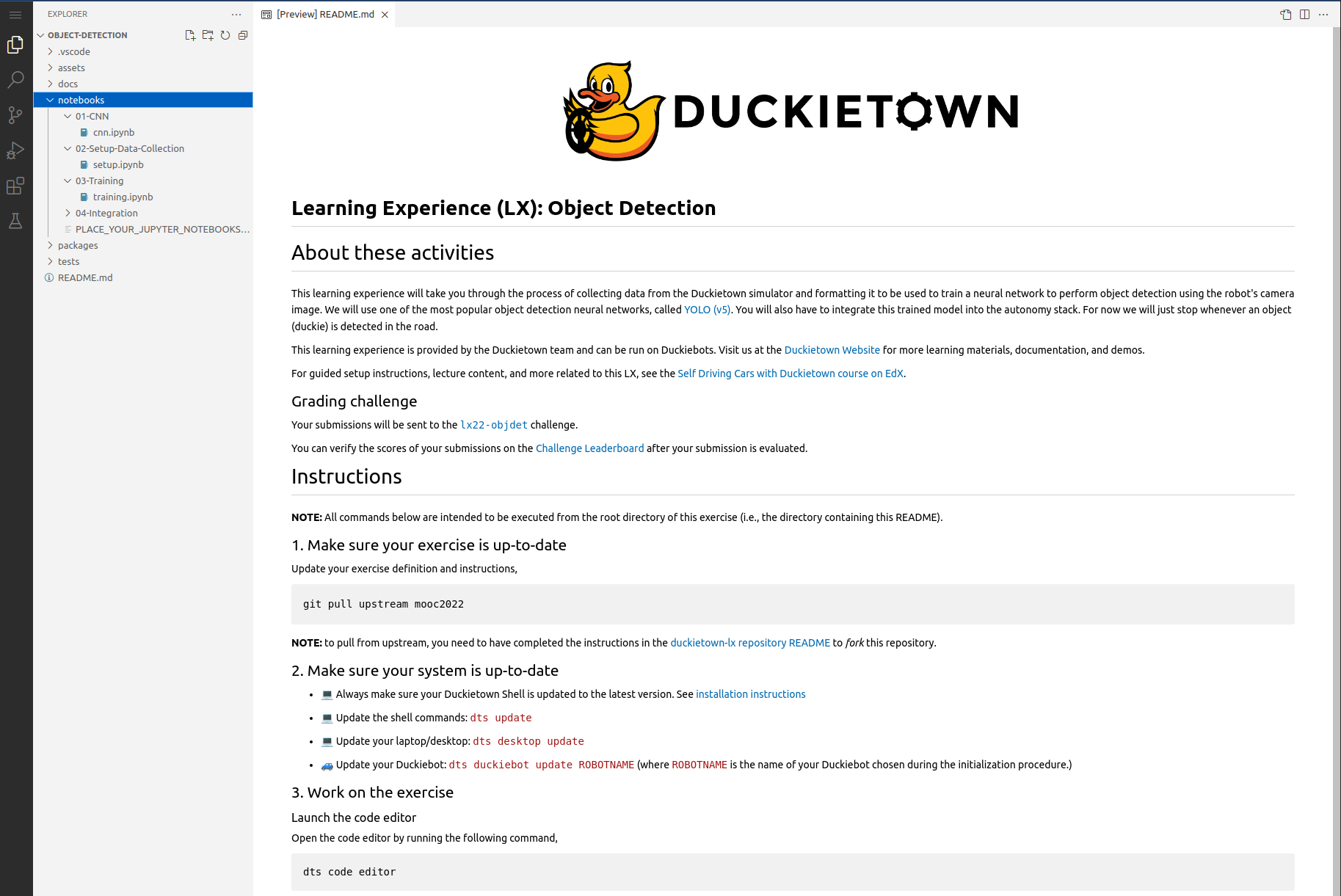
Fig. 127 Editor interface for launching notebooks in a learning experience#
A notebook activity introduces key concepts within a Jupyter notebook that learners can work through to cement, visualize, and implement their understanding. Tab through the gallery of notebooks below for a few examples of notebook features.
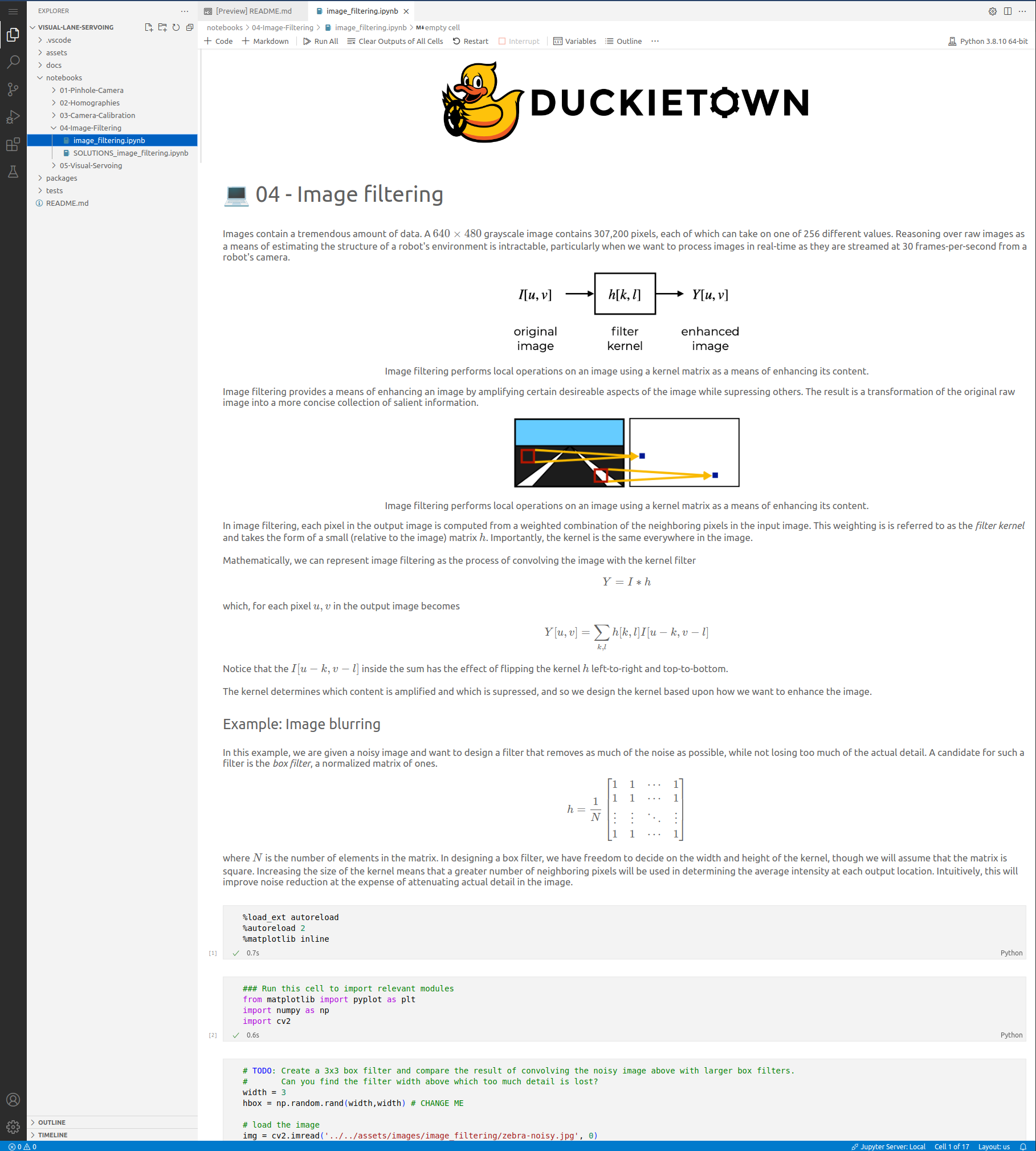
Fig. 128 Image filtering LX - example activity#
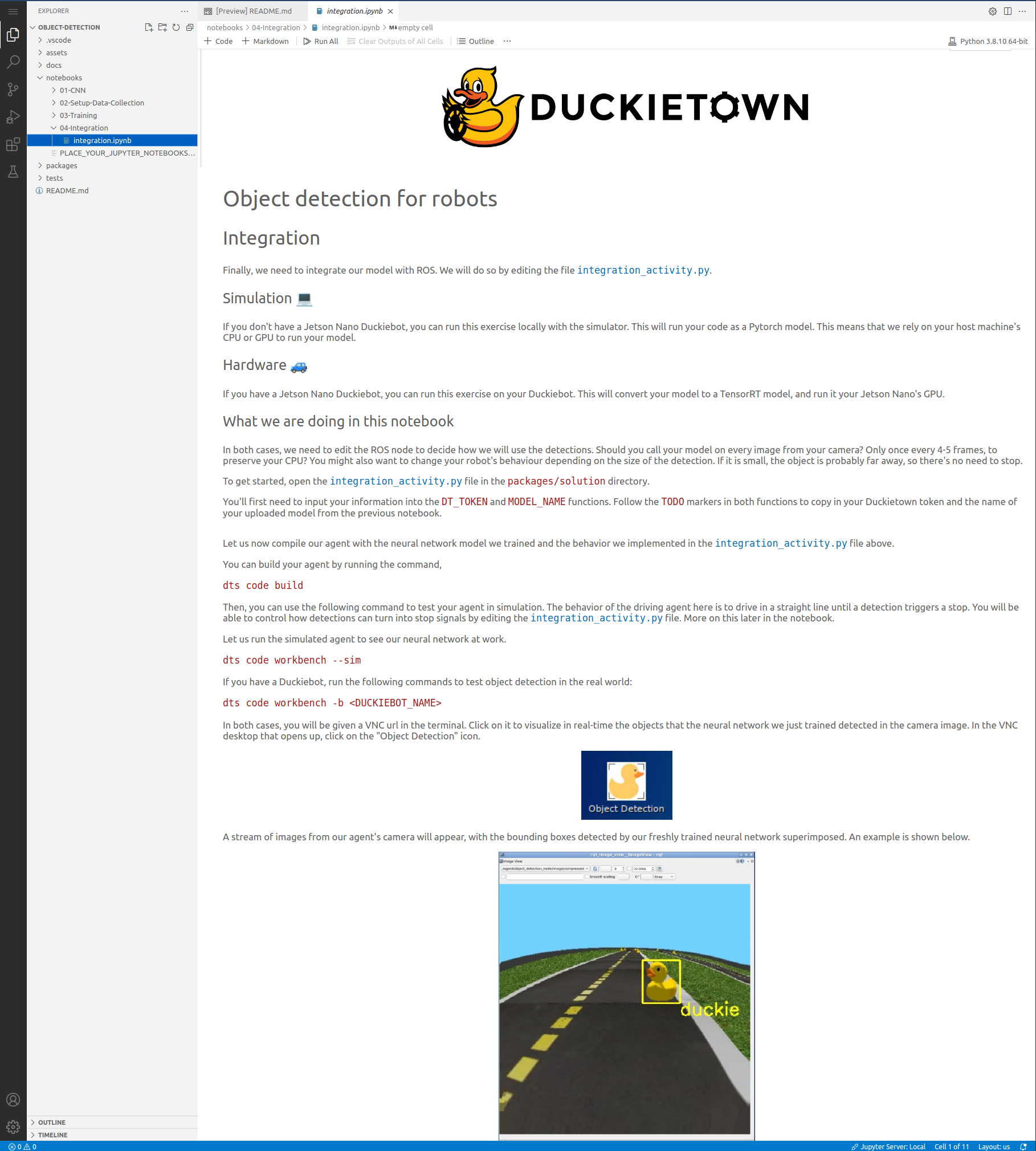
Fig. 129 Object Detection LX - example activity#
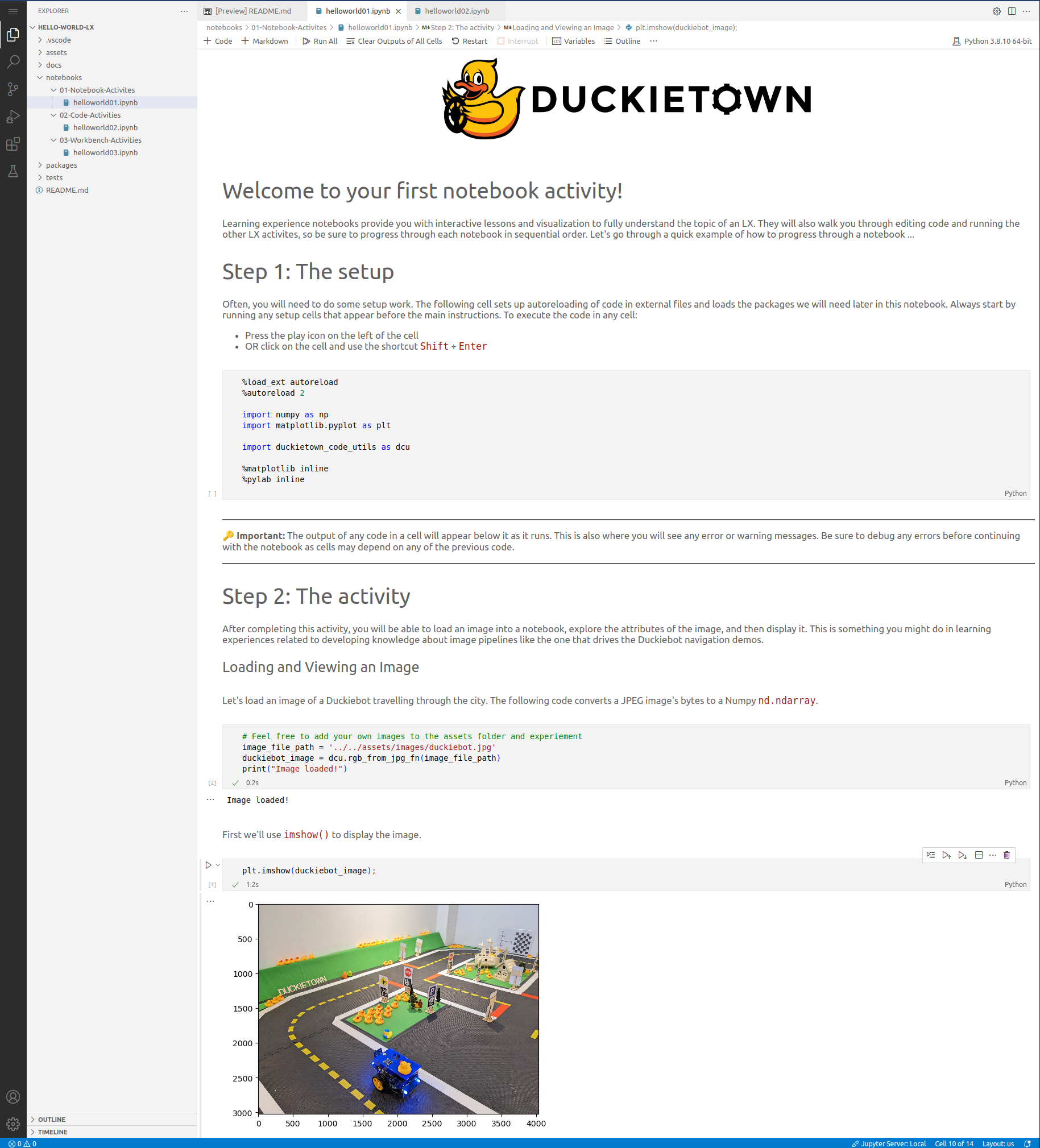
Fig. 130 Hello World LX - example activity#
Learners may also be directed to implement long-form solutions in the provided solution package. This code can be imported to notebooks for visualization and testing or used by an agent node on the Duckiebot.
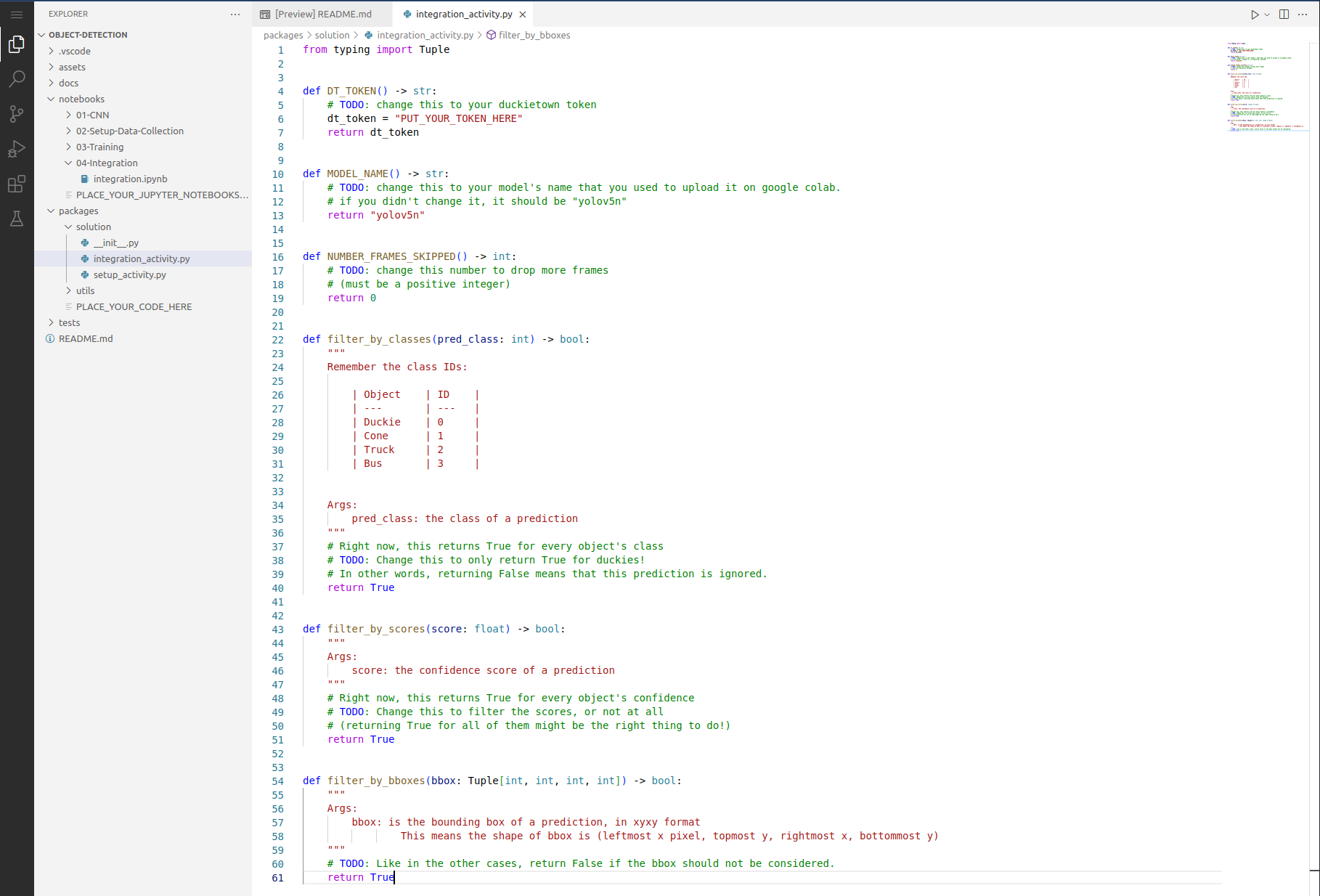
Fig. 131 Example solution structure#
Providing Guidance#
Students should be given instruction within the notebooks on how to progress through the LX activities in order.
Every learning experience should also revolve around a main Learning Goal (or set of learning goals), documented at the beginning of the
README file.
Example Learning Goal
The Object Detection learning experience will take you through the process of collecting data from the Duckietown simulator and formatting it to be used to train a neural network to perform object detection using the robot’s camera image. We will use one of the most popular object detection neural networks, called YOLO (v5). Finally you will integrate this trained model into the autonomy stack to create a Duckiebot agent that stops whenever an object (duckie) is detected in the road.
Activity: Workbench#
A workbench activity provides a VNC that is used for running tools, simulation, and agent-based activities.
This is a fully functional Desktop environment with the Duckietown and ROS dependencies installed and can be started by
simply running dts code workbench. Instructors can develop custom tools or incorporate any standard ROS tool into
the LX activity.
The object detection LX uses the workbench environment to run a dataset augmentation tool for learners.
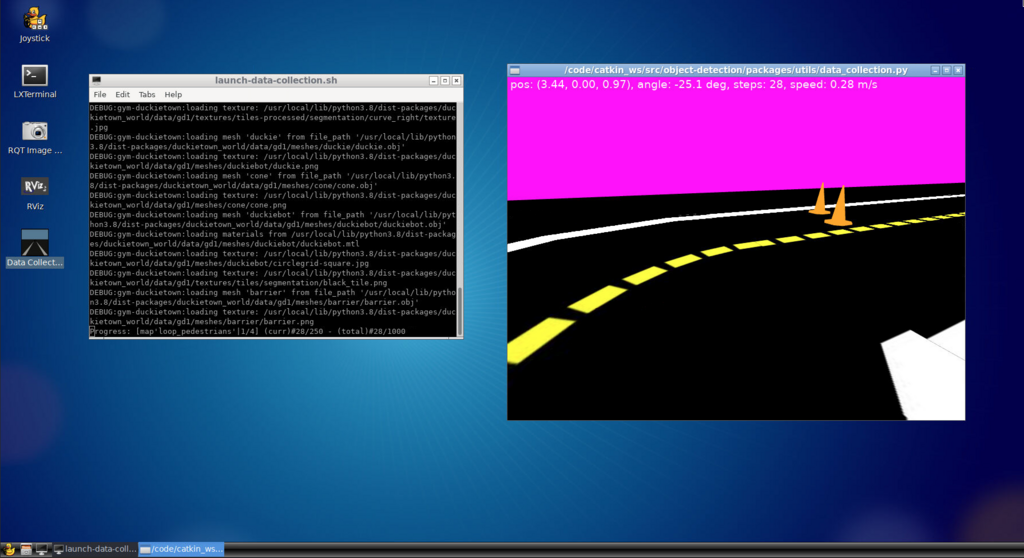
Fig. 132 Workbench environment enables development of various tools, e.g., for running dataset augmentation for object detection#
It can also be used to display the object detection model results as applied to an image stream from the Duckiebot for visual analysis.
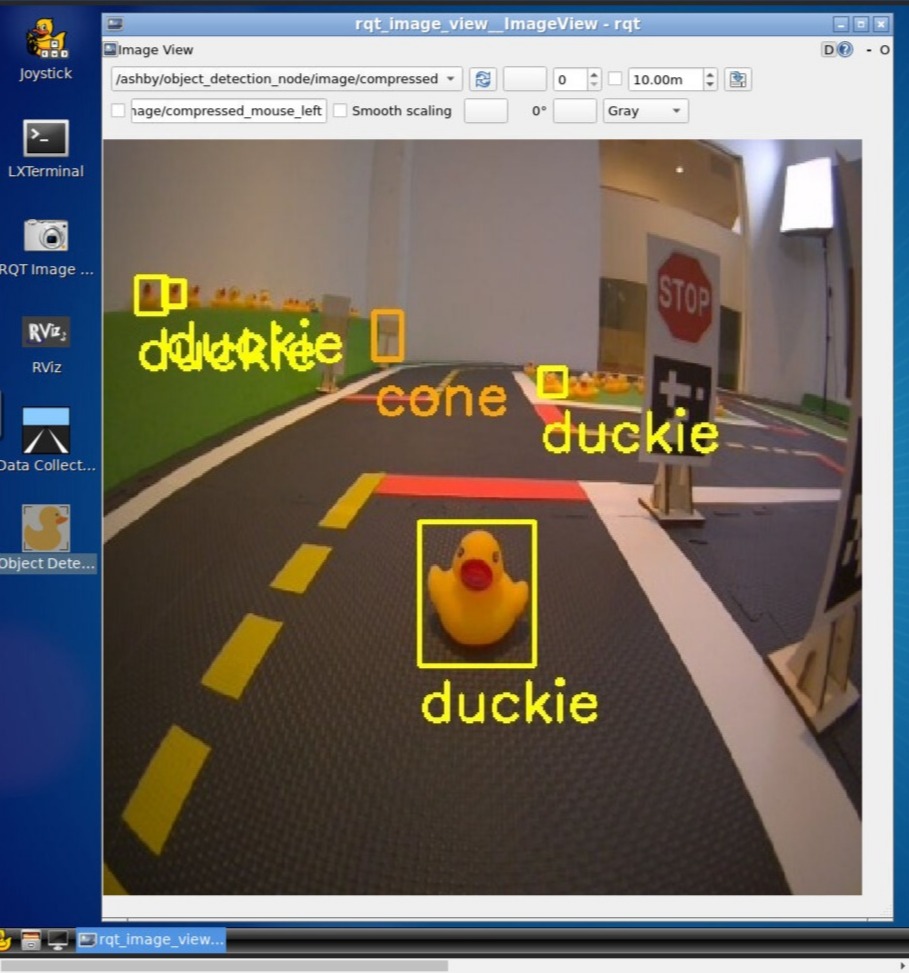
Fig. 133 Object detection visual output inside dts workbench environment#
Running Code in Simulation#
The workbench can also run simulated (virtual) Duckiebot agents, allowing learners to test their robot behaviors in a virtual environment.
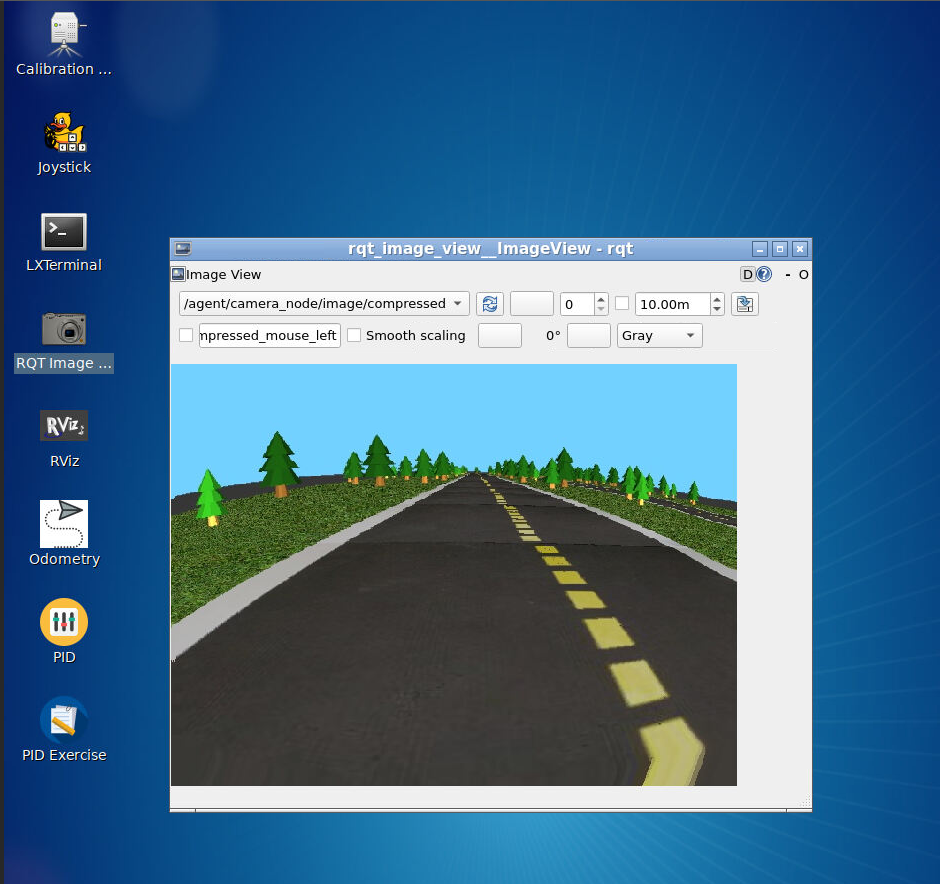
Fig. 134 Workbench simulation for Duckiebot agent#
Running Code on Duckiebot#
Once their solution works in simulation, learners may wish to run their solution on a real-world Duckiebot in a Duckietown environment like the one shown below.
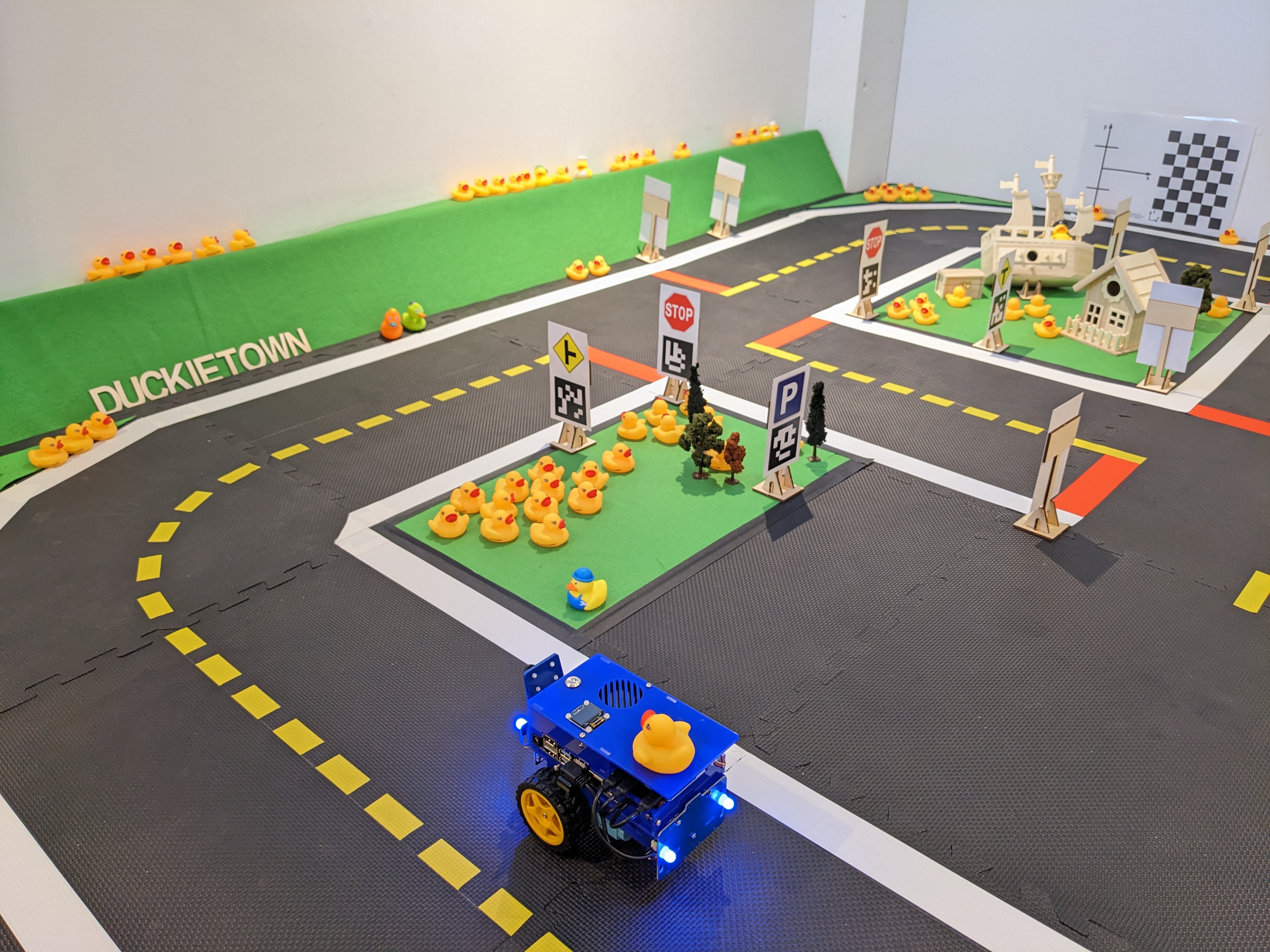
Fig. 135 DB21J4 Duckiebot in a physical Duckietown#
The workbench can interface with the Duckiebot using the ROS network and run connected tools such as keyboard control
or rviz. Tab through the gallery below to see examples of a variety of tools for interacting with Duckiebot agents.
